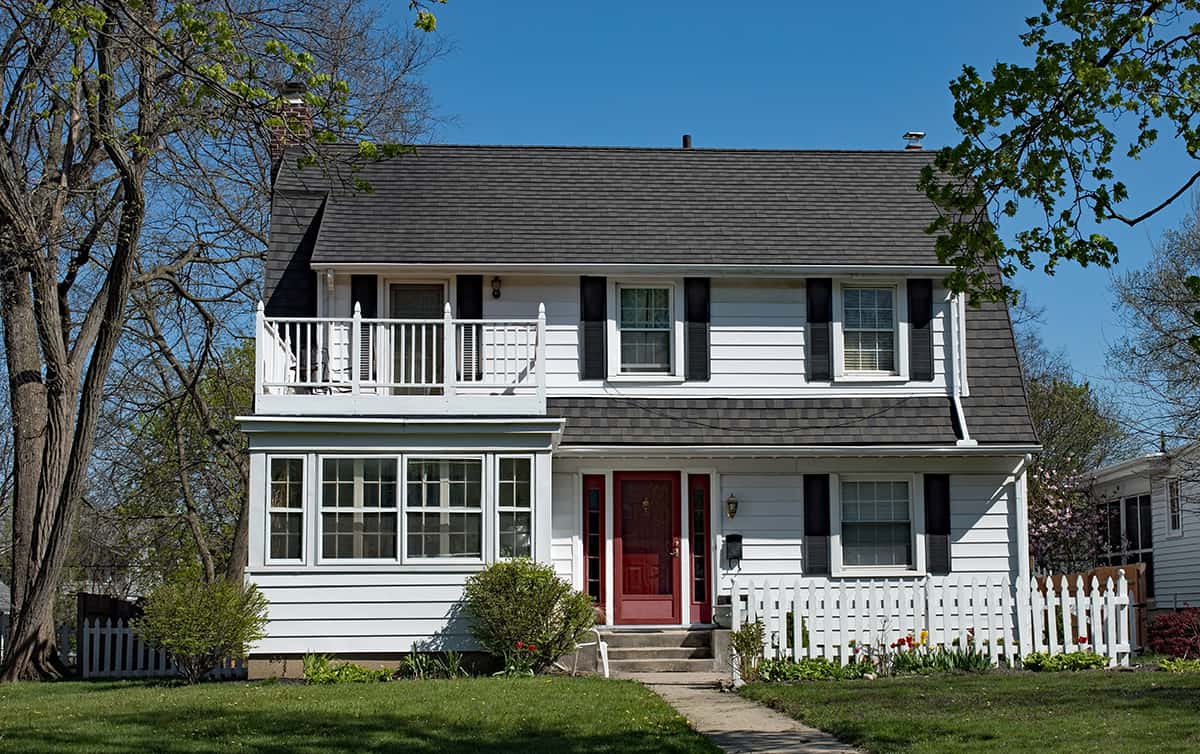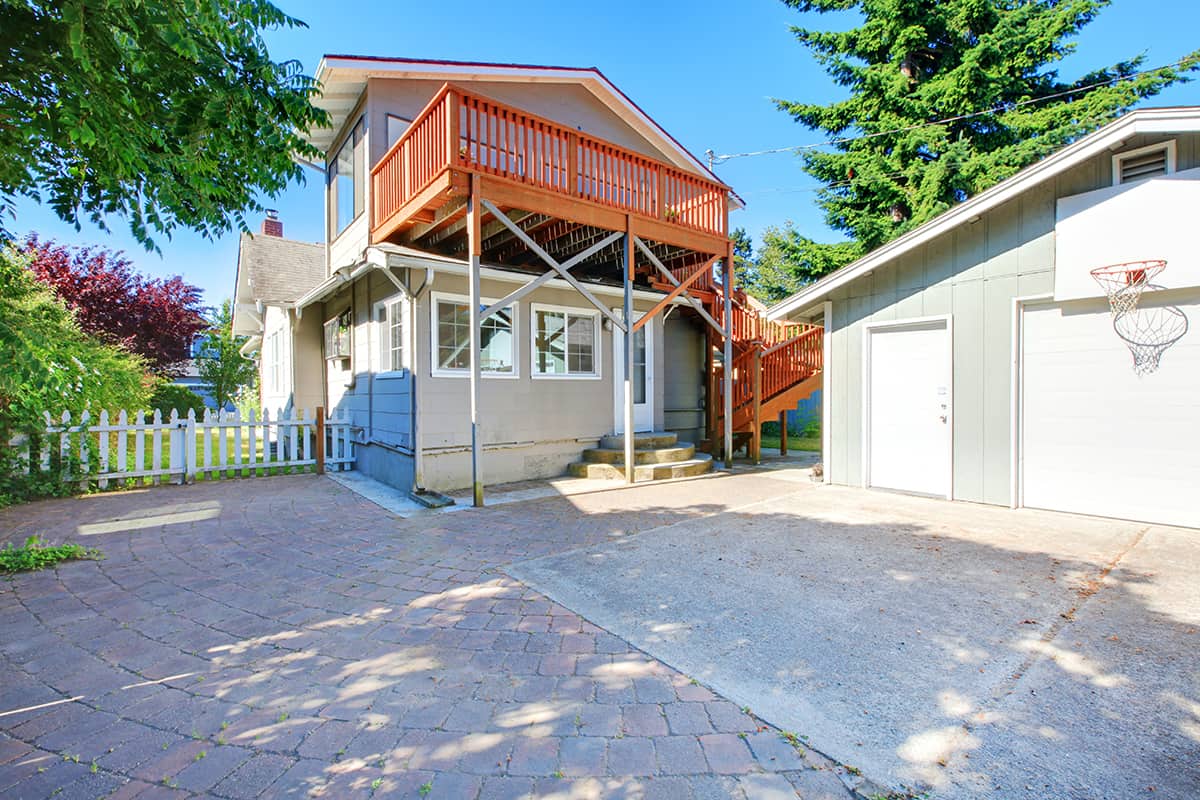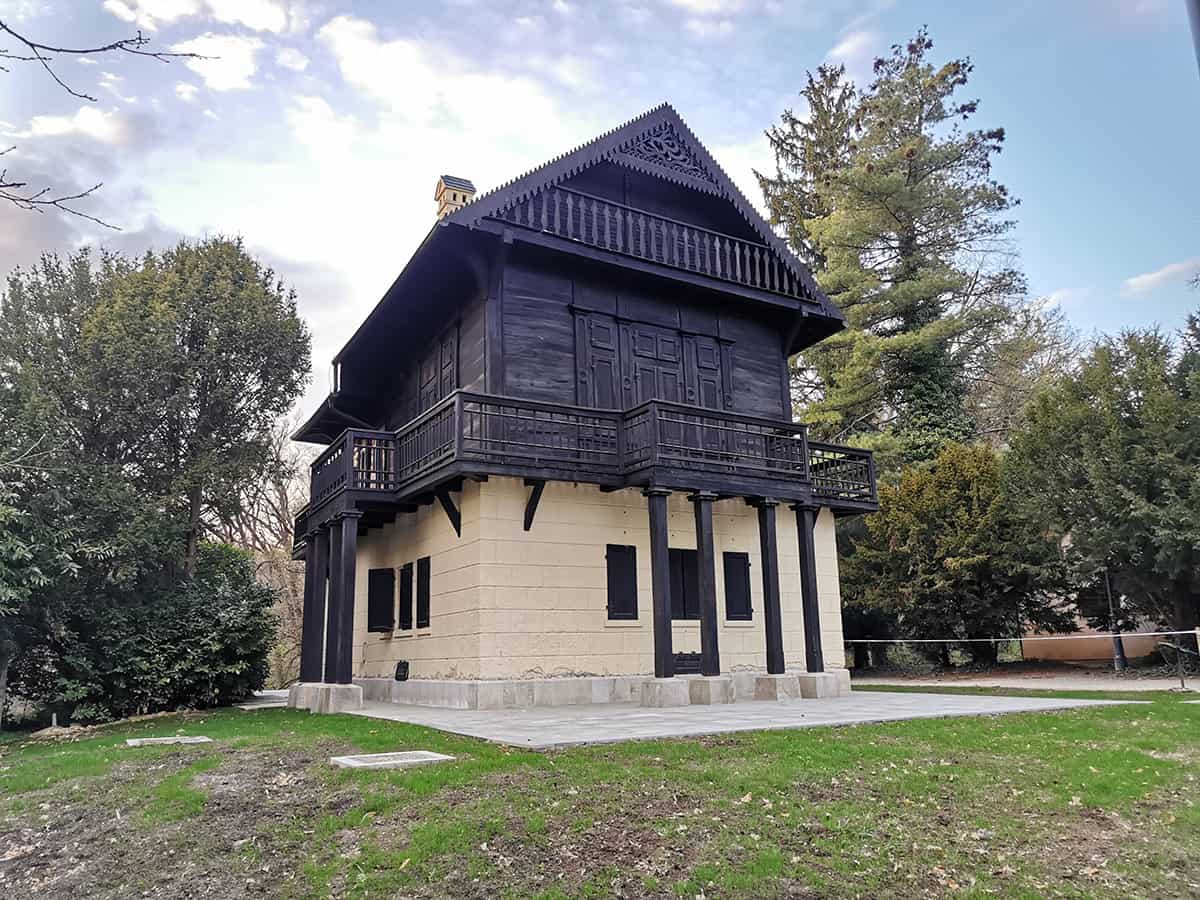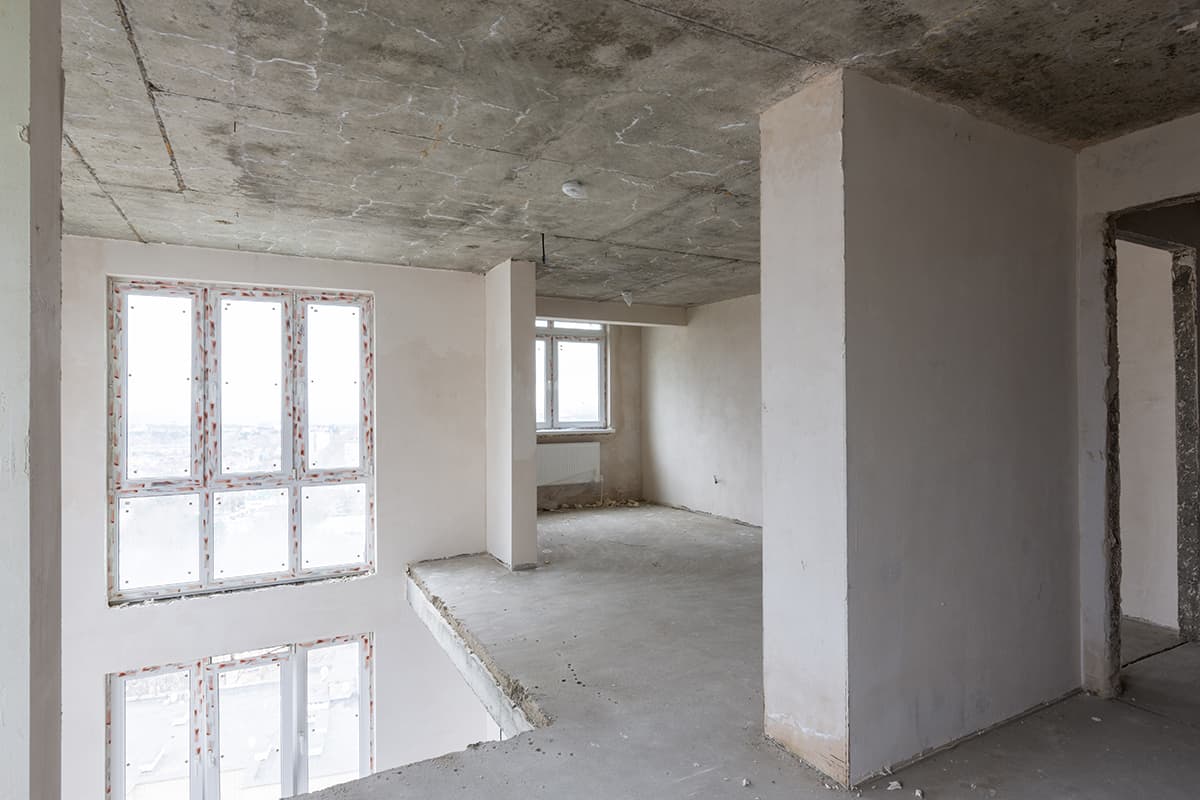Adding a second story to a home is a great way to add additional living space to a property without having to extend out onto your yard. This makes it a great option if you live in a built-up residential area where land comes at a premium or if you don’t want to lose any of the space in your yard.
By adding a second story, you can effectively double the square footage of your home, making it much more spacious and considerably increasing the value of the property.
However, there are many things to consider before embarking on the journey of adding a second story to your home. Here we will look at the questions you need to address and how to proceed with a second story extension.
Benefits of Adding a Second Story
There are some obvious benefits of adding a second story to your home, for example, the extra living space which will be created and the value added to the property.
However, you might be wondering if it would be easier to simply buy a larger property instead of getting involved in the complex process of adding a second story to your existing home or alternatively adding an extension to the side or back of your home.
Avoid the real estate market
If you need a larger property, then you might consider selling your own home and buying a new bigger one, but this comes with its own drawbacks. Selling your property is one of the most stressful undertakings in life. You will need to keep your home clean and tidy in case of viewings and then vacate the home while prospective buyers look around it.
It is not unusual to have many viewings before you receive an offer, and even then, it may not be to your liking, and there is a lot of negotiating that may need to be done. Looking for a home to buy can be equally difficult.
When you find a property you want, you may have to compete with other buyers, or you may find that the homes you like are not within your budget. Often you will have to compromise, either on space, style, budget, or location. Buying and selling homes also cost a lot of money, which you could put to better use on extending your own home.
Stay in your neighborhood
One huge benefit of adding a second story to your home is that you can remain in your neighborhood while also getting the extra space you need. If you have children at the local school, then moving out of the neighborhood could create travel issues. Kids may also become upset at the prospect of moving away from their friends.
Good neighbors are invaluable, so if you currently have neighbors you get along with, then it’s a big risk to move away from them and to an unknown where you don’t know your new neighbors.
If you have put a lot of time into building a support network in your community, then it can be very difficult to leave that and start over somewhere new. Your current neighborhood might also be better for your commute to work, or you may be close to friends and family.
Preserve outdoor space
Adding an external extension to your property might seem like an easier option than adding a second story; however, this will mean eating into your yard space. If you want to preserve your outdoor property and keep it as big as possible, then building a second story on the house is an ideal solution because you can double the square footage of the home without using a single square foot of your yard. Then, you’ll have a two-story house with an average height of 18 – 20 inches.
Building on the outside of your home can also be a complex matter because there are often regulations set in place which prevent you from building within a certain distance of neighbors’ boundaries.
Attic Conversion Vs. Full Second Story Extension
There are two ways you can alter your existing home to add an additional story to the property. The easiest and least expensive way will be to convert the attic. This will involve creating a solid flooring surface over the attic joists and finishing the ceiling. This will only be possible if you have a good head height in the attic, which can allow people to stand up.
Bear in mind that with an attic conversion, you will have sloping ceilings, which can make furnishing the second story a challenge and can make the space more difficult to use compared to if you had a full second story extension with flat ceilings.
If you have a large attic, you can use timber to frame and drywall the space to create separate rooms in the attic, such as a master suite with a separate bathroom or several bedrooms. You will also need to consider where a staircase can be added on the ground floor of the property in order to access the new attic space.
A full second-story extension is a much bigger project to take on because it will involve some demolition, namely of the existing roof. It will be a longer and more expensive project; however, the result will be a more functional second story with full height ceilings. A full second-story addition will also add more to the value of your home compared with an attic conversion.
Can Your Home Have a Full Second Story?
The first thing you need to do when thinking about adding a full additional story to your home is to find out if the local zoning laws will allow it.
Some counties and cities will have height restrictions for the total height of homes, and some may not allow the addition of an extra story at all. Be sure to find out what your local zoning rules are so that you don’t start investing money into a project that may not be possible.
Once you have found out if you are allowed to add a second story to your home, you’ll need to investigate the foundation of your home and the structure of it to see if it is suitable for having a second story extension.
Many homes will have been built with the intention of only supporting a single-level construction, and so they may not be able to take the additional weight of an extra story.
You can find out if your foundation can support an additional story by having the original properties plans looked at by a structural engineer, and in most cases, they will need to carry out a detailed analysis of the foundations and the skeleton of the current home.
This could cost anywhere up to $5000. If the foundations of your home cannot accommodate the weight of a second story, there are ways that it can be reinforced so that you can continue with the project.
Adding a Full Second Story
You will need to work with an architect to draw up plans for what your second story addition will look like and most likely submit plans and material choices to the local authorities along the way to ensure you are meeting zoning requirements.
You have the option of finding a prefabricated timber second story in a design of your liking, or you can custom-build your extension. A prefabricated timber frame will typically be less expensive and will be completed more quickly compared with a custom timber build.
Once your designs are completed and approved, you will need to select a building company to demolish your existing roof structure and construct the new story. You should get several quotes from building firms and meet with each of them to ensure you feel comfortable trusting them with this big project.
Also, investigate online for reviews on previous works they have completed, and ask if you can contact previous clients to discuss their thoughts.
Choosing your builders will be one of the most important decisions you make when building a second story on your home because it is a huge financial commitment, and it can become very emotional and stressful when your family home is being worked on.
When the process of demolishing your existing roof and new construction starts, you will have to either vacate your property or, depending on the design of the new story, you may be able to isolate parts of the ground story and continue living in the home. You would need, at a minimum, a kitchen, bathroom, and bedroom.
For families who are not used to living through extensive renovations, it may be worth moving out of the home for a few months, especially for a full second-story extension.
Attic conversions are considerably less messy, and you can ordinarily continue living in the property while this second story is created. Bear in mind that most full second-story extensions will take between 6 and 12 months to complete, whereas attic conversions will usually be finished in under a month.









